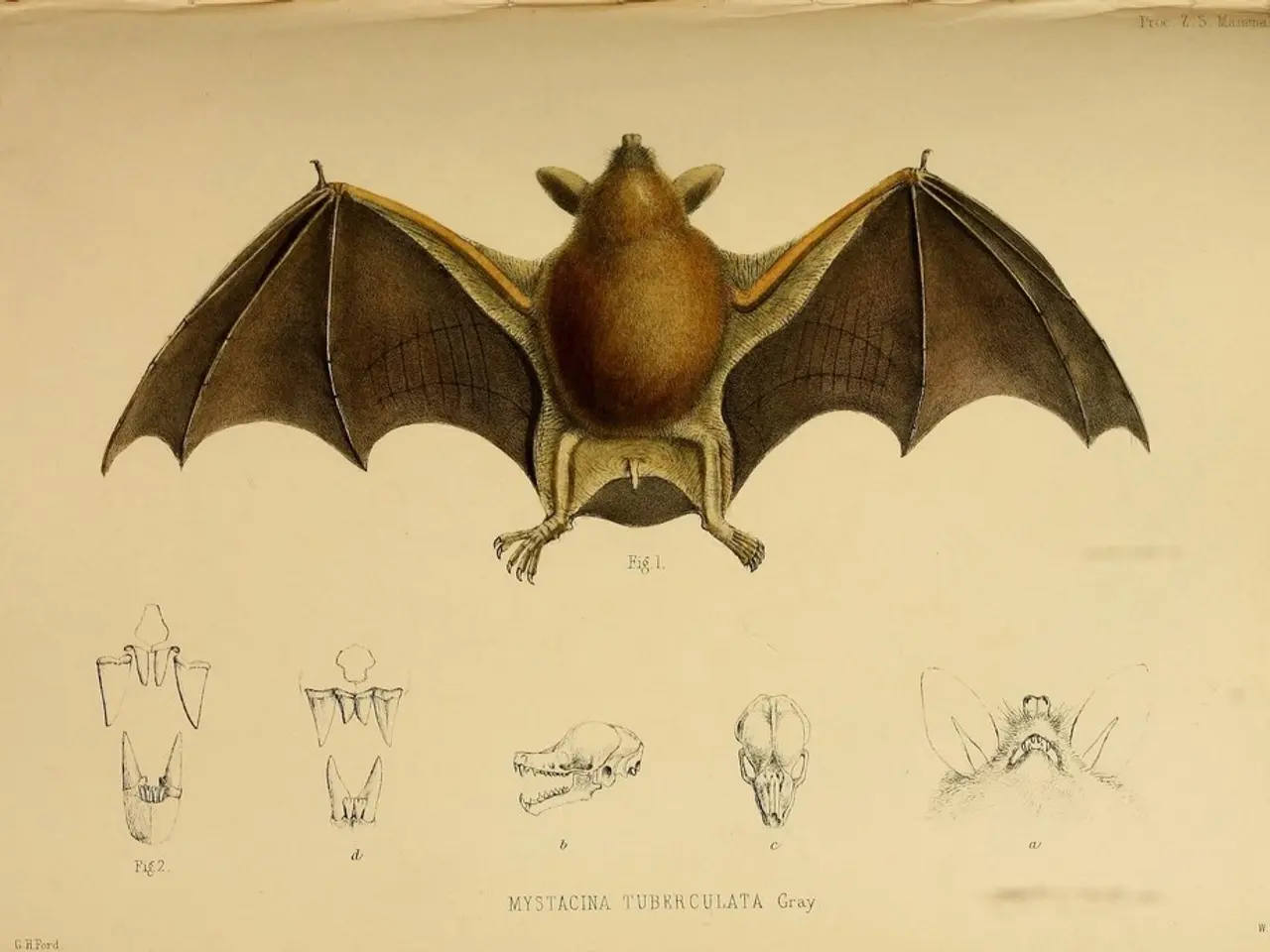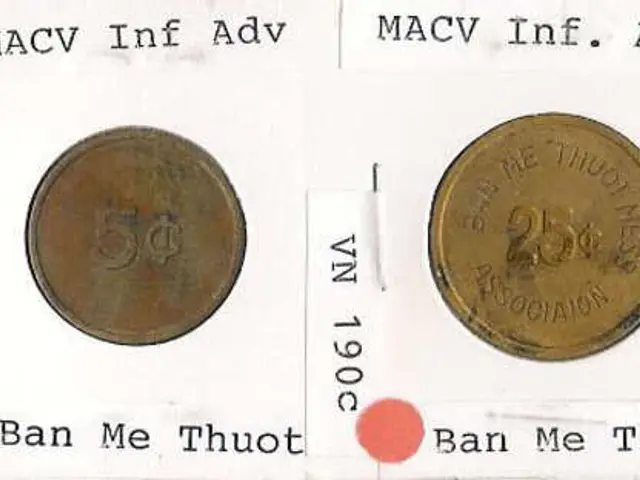Compare and contrast various battery cell types utilized within the electric vehicle sector
In the rapidly evolving world of electric vehicles (EVs), the choice of battery format plays a crucial role in shaping the future of sustainable transportation. This article explores the various battery formats currently in use and the companies that are betting on them to meet the unique needs and challenges of the industry.
Volkswagen, along with its brands Škoda and Cupra, has thrown its hat into the ring with prismatic cells. Their new "Einheitszelle" prismatic battery cell, boasting high energy density and cell-to-pack technology, is being produced in gigafactories such as Salzgitter. Other companies, such as LG Chem, Samsung, SK Innovation, CATL, and Gotion, are also expanding their product lines to include prismatic cells.
The Swedish company Northvolt has made a significant stride with its first 100% European battery cell in prismatic format. However, not all companies are committed to prismatic cells. Panasonic, for instance, produces cylindrical cells, a format preferred by Tesla's Elon Musk.
Meanwhile, Farasis, in collaboration with Daimler and Geely, is focusing on pouch-type batteries. Envision AESC, the official supplier for Nissan's Leaf model, has chosen to produce pouch cells. SK Innovation, a significant supplier to major automakers including Ford, Mercedes-Benz, Volkswagen, Hyundai, and Kia, is also focusing on the pouch format.
Interestingly, CATL and Gotion have both opted for the prismatic format, while Verkor has selected the pouch alternative for the gigafactory that will be constructed in Grenoble in 2023. It seems that manufacturers and end-users are placing bets on different and customized alternatives to create the best solution for their specific needs.
While prismatic cells offer superior packing capacity, pouch cells are highly portable, making them an attractive option for some. However, there is no clear industry consensus on the preferred format for the development of battery technology. It is essential to understand the features and advantages that each battery format offers in order to make informed decisions.
In conclusion, the battery landscape is diverse, with various formats vying for dominance. As the industry continues to evolve, it will be interesting to see which formats emerge as the preferred choice for the mass production of electric vehicles.
Read also:
- Peptide YY (PYY): Exploring its Role in Appetite Suppression, Intestinal Health, and Cognitive Links
- Toddler Health: Rotavirus Signs, Origins, and Potential Complications
- Digestive issues and heart discomfort: Root causes and associated health conditions
- House Infernos: Deadly Hazards Surpassing the Flames








